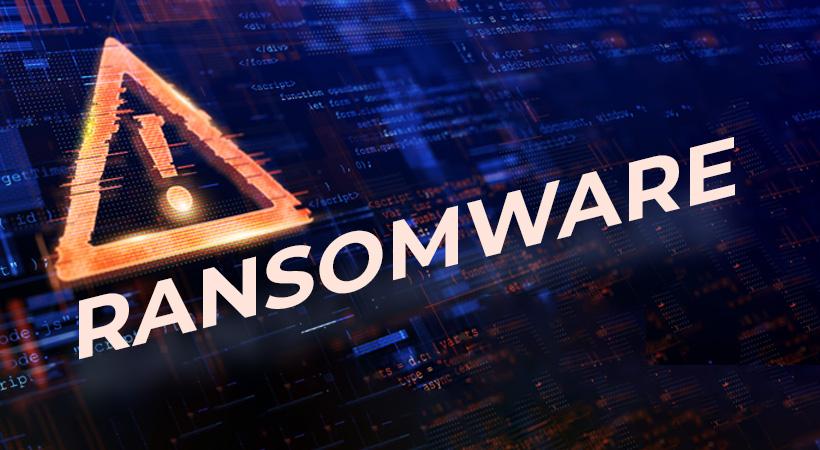Cybersecurity experts have issued warnings about a CACTUS Ransomware campaign that exploits newly discovered vulnerabilities in Qlik Sense, an analytics platform. This campaign marks a significant escalation as it represents the first documented instance of threat actors leveraging these vulnerabilities as their primary method to breach systems. The attack involves a multi-stage process, compromising Qlik Sense’s vulnerabilities to establish access, install additional tools, and deploy the CACTUS Ransomware, reflecting the evolving tactics of cybercriminals to exploit software weaknesses for unauthorized access and data compromise.
Understanding the CACTUS Ransomware Threat
The CACTUS Ransomware campaign targets weaknesses in Qlik Sense, exploiting disclosed vulnerabilities like CVE-2023-41265, CVE-2023-41266, and CVE-2023-48365. These vulnerabilities allow attackers to manipulate the Qlik Sense Scheduler service, enabling them to introduce additional tools like ManageEngine UEMS, AnyDesk, and Plink. By gaining control over systems, threat actors escalate attacks by uninstalling security software, changing admin passwords, and setting up RDP tunnels, culminating in the deployment of CACTUS Ransomware and potential data exfiltration.
Similar Threats and Detection Names
Similar threats with varying methodologies and detection names include:
- Conti Ransomware: Associated with sophisticated attacks targeting enterprises, exploiting vulnerabilities for unauthorized access.
- QakBot: Known for facilitating ransomware deployments by leveraging exploits and weaknesses in systems.
- Black Basta Ransomware: A prominent ransomware group leveraging the Ransomware-as-a-Service (RaaS) model, amassing substantial profits through Bitcoin ransom payments and laundering funds through sanctioned cryptocurrency exchanges.
Preventive Measures Against Ransomware Threats
- Prompt Patching and Updates: Regularly update software and systems to mitigate known vulnerabilities exploited by ransomware.
- Defense-in-Depth Approach: Implement multi-layered security measures, including firewalls, antivirus software, and intrusion detection systems.
- User Training: Educate users on identifying phishing attempts and suspicious links to prevent initial access for threat actors.
- Data Backups: Maintain regular backups of critical data on separate offline or cloud storage to mitigate the impact of ransomware attacks.
Removal Process for CACTUS Ransomware
Step 1: Identify Vulnerabilities:
- Identify and patch the disclosed vulnerabilities in Qlik Sense by applying available security updates and patches.
Step 2: System Cleanup:
- Remove unauthorized tools installed by threat actors, such as ManageEngine UEMS, AnyDesk, and Plink.
Step 3: Review Access Controls:
- Review system access controls, reset compromised credentials, and reinforce security configurations to prevent future unauthorized access.
Conclusion
The CACTUS Ransomware campaign exploiting Qlik Sense vulnerabilities emphasizes the evolving sophistication of cyber threats. To combat such threats, organizations must prioritize proactive security measures, including timely patching, robust security protocols, user training, and diligent data backups. Understanding the intricate connections between ransomware groups and their evolving tactics underscores the need for collaborative efforts to thwart cybercriminal activities and safeguard critical systems and data.





